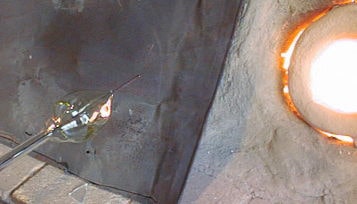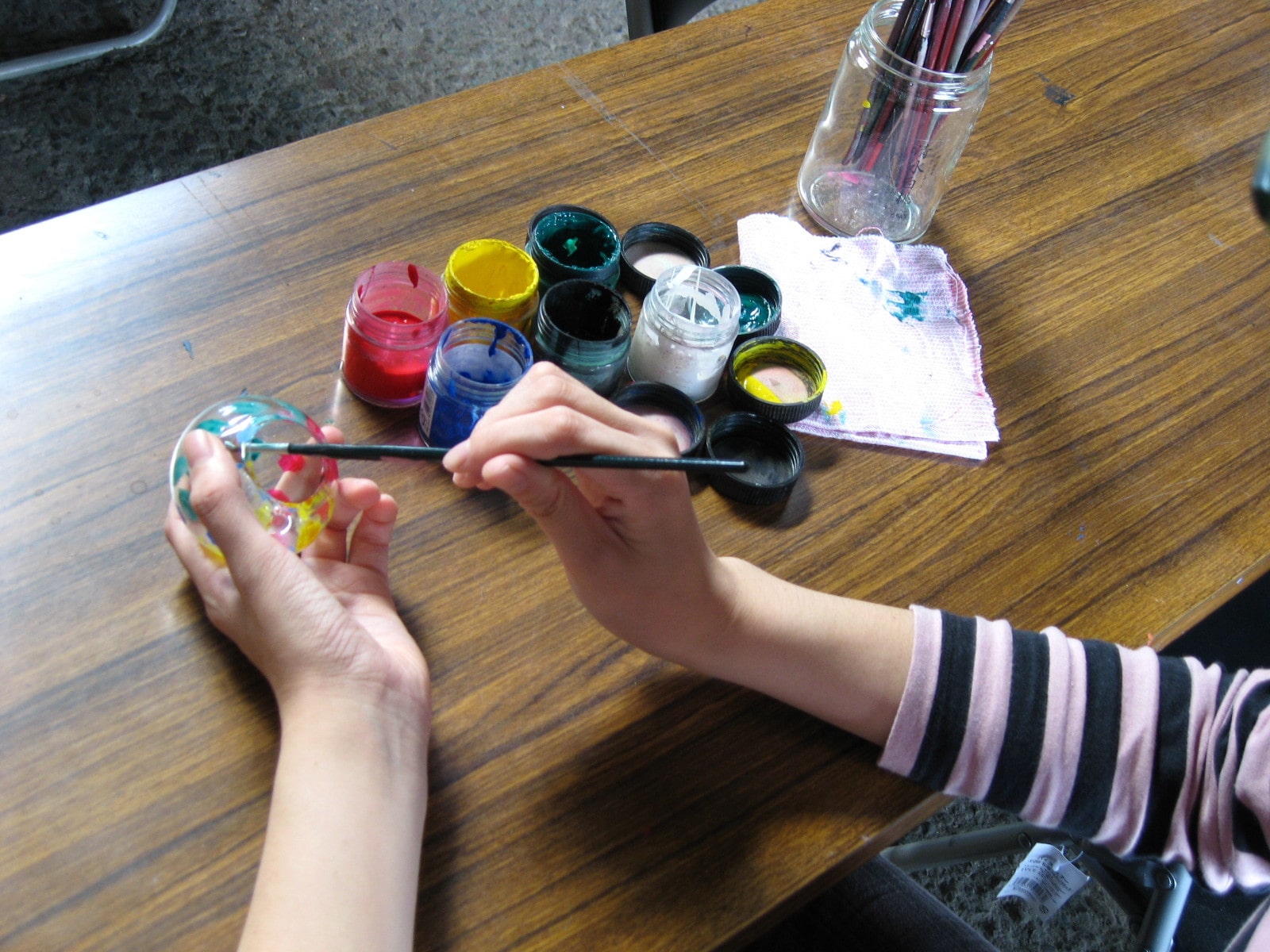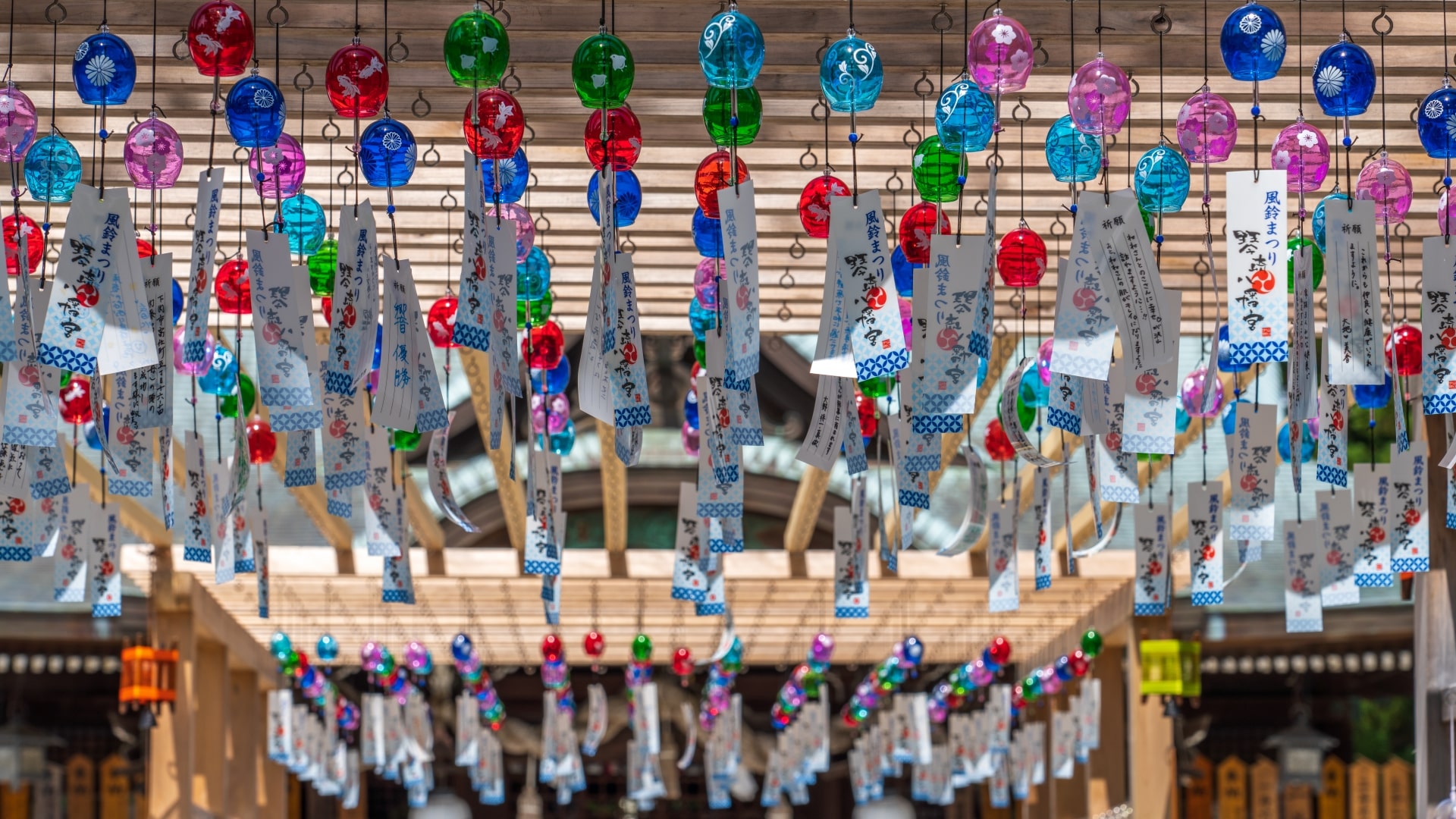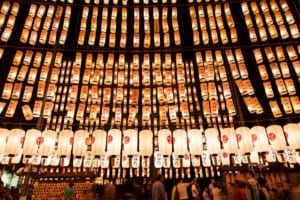Japanese Furin Wind Chimes: The Refreshing and Elegant Melody of Japan Summer Tradition
A Guide to Japanese Furin Wind Chimes
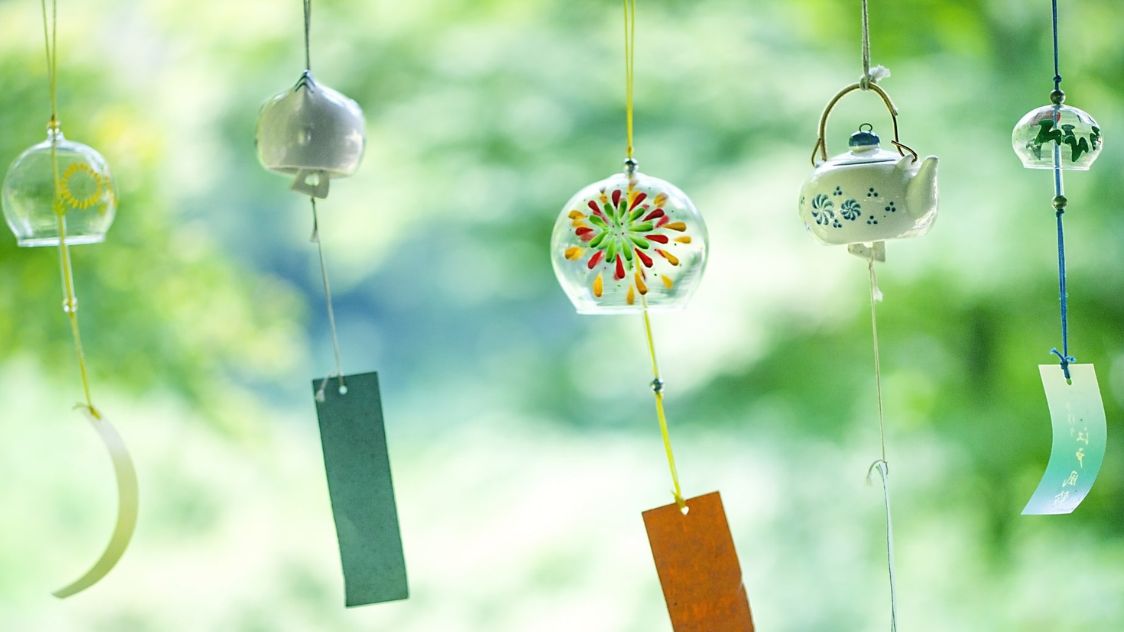
If fireworks are the dazzling attire of summer in Japan, then the Japanese furin is the soothing background music. “Furin” is the Japanese word for wind chime. To avoid confusion, I will use “furin” to refer specifically to Japanese wind chimes in most contexts.
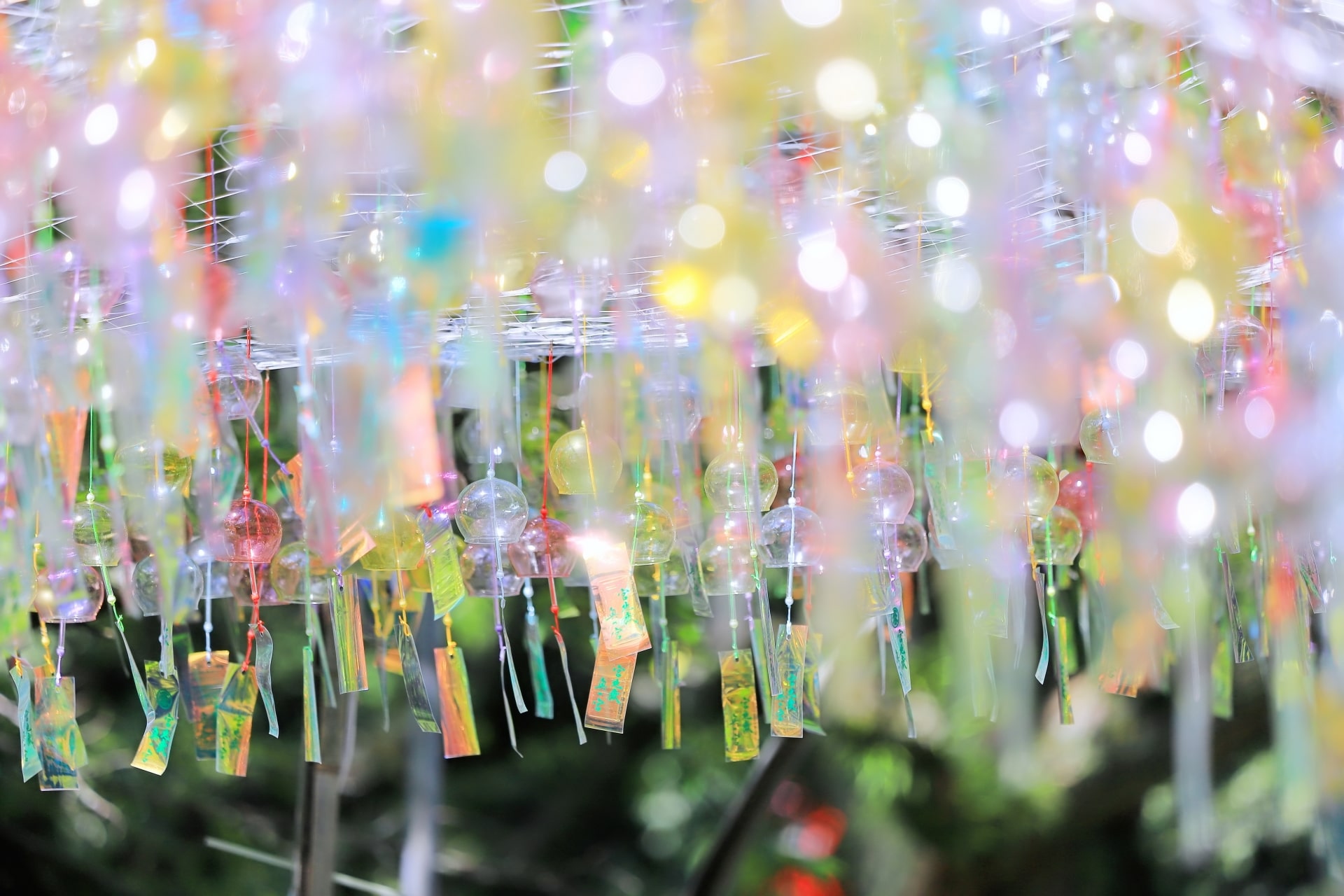
In Japan, furin wind chimes are ubiquitous. People often hang them under the eaves during the summer, where the gentle breeze brings a crisp, elegant sound that cools the heart. In summer, Furin Wind Chime Festivals are held across various temples in Japan, creating a romantic and poetic atmosphere.
Today, I will guide you through Japan’s unique furin culture, an integral part of the country’s summer tradition. Together, we will explore its origins, follow its development, and uncover the diverse beauty it brings to various summer festivals.
The Origins of Japanese Furin Wind Chime Culture
A funny fact is that furin did not originate in Japan. Like many other things, they took root in Japanese soil, absorbed the local cultural nutrients, and blossomed into a new cultural symbol.
Furin is believed to have originated in China over 2,000 years ago. At that time, it had a different name, futaku (風鐸). When the wind blew, the chimes produced a clear, ringing sound, so they were initially used to forecast the wind’s direction.
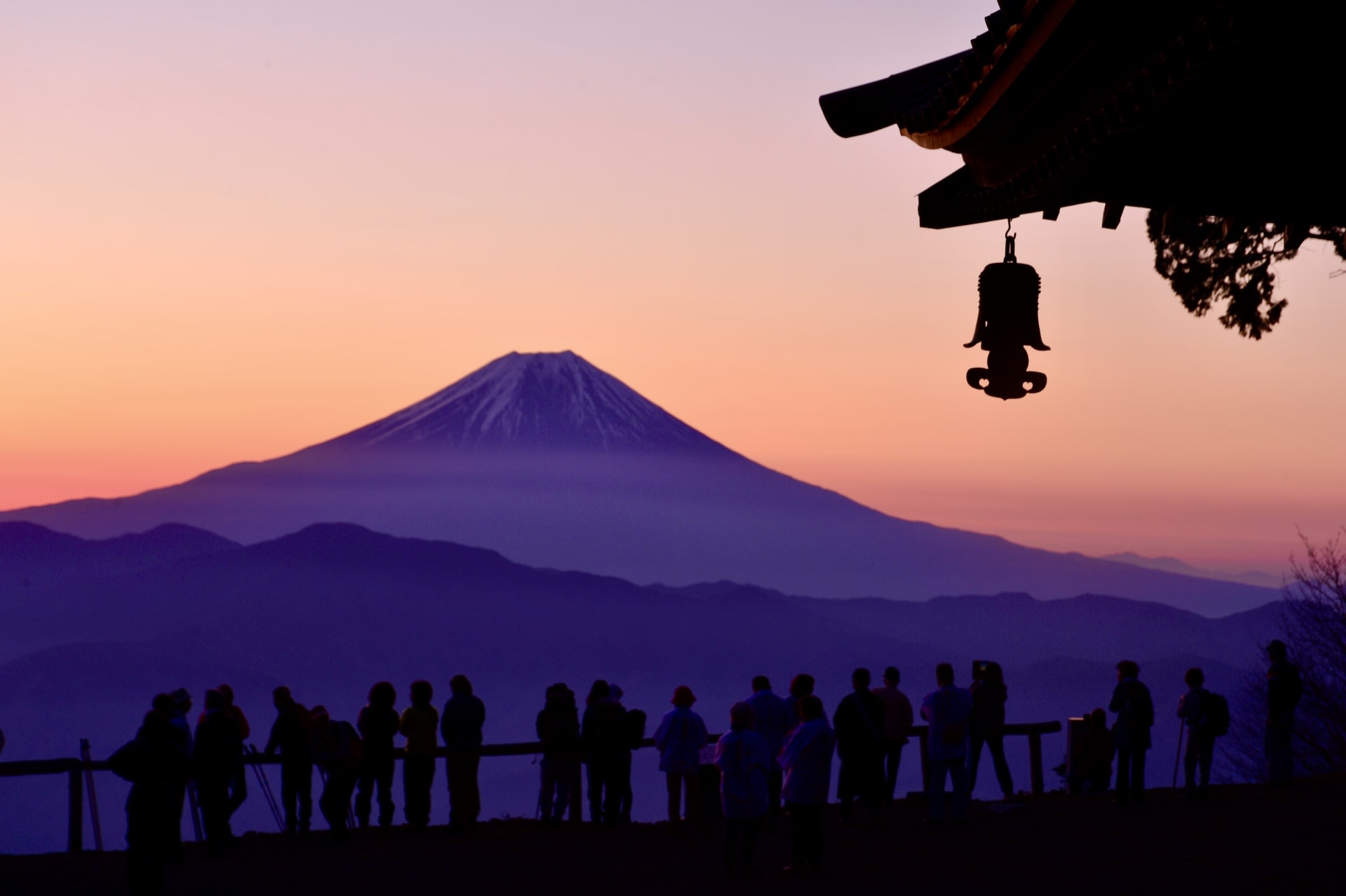
Most of the time, it hung at the four corners of Buddhist temple eaves, where they were believed to ward off evil and prevent disasters.
With the spread of Buddhism, these wind divination tools and fūtaku found their way to Japan. During the Kamakura period, a monk named Honen Shonin referred to them as Furin.
However, the connection between furin and Japan extends beyond Buddhism. As their materials and shapes evolved, furin wind chimes also became very popular among ordinary people.
How and why did Japanese Furin become popular?
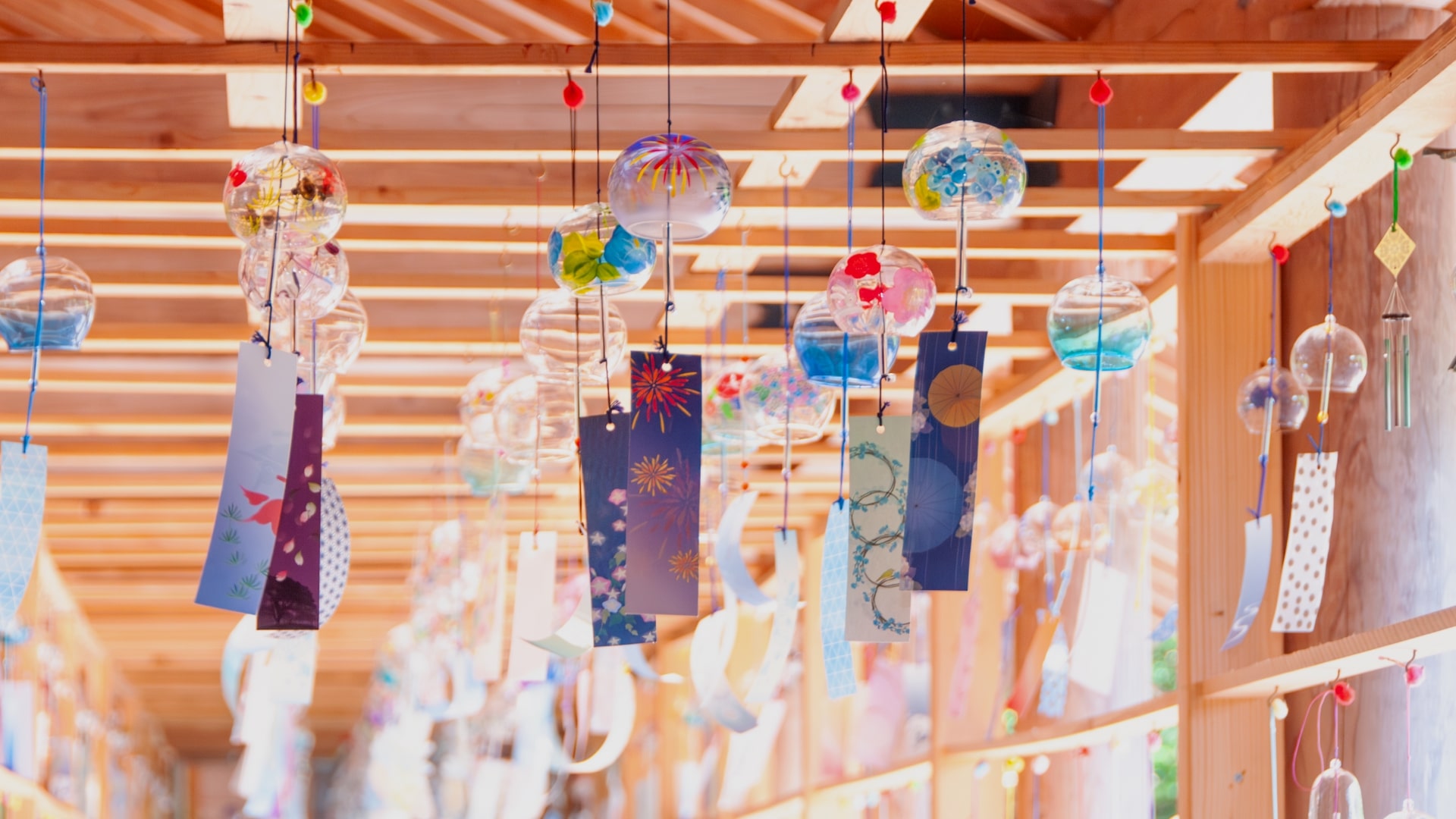
Initially, furin wind chimes were crafted from bronze, making them expensive and accessible only to the wealthy. Over time, Furin became smaller and simpler in design, gradually gaining popularity among ordinary households.
Its popularity is also related to the romance of Japanese people. In an era before electrical appliances, people had to find different ways to stay cool in summer.
Watermelons and round fans offered physical relief, while the crisp sound of Furin swaying in the breeze provided mental respite from the heat. This summer romance has not faded with time. On the contrary, it has become one of the most distinctive aspects of Japanese summer culture.
With its growing popularity, the types of Japanese furin have also diversified significantly.
Types of Japanese Furin Wind Chimes
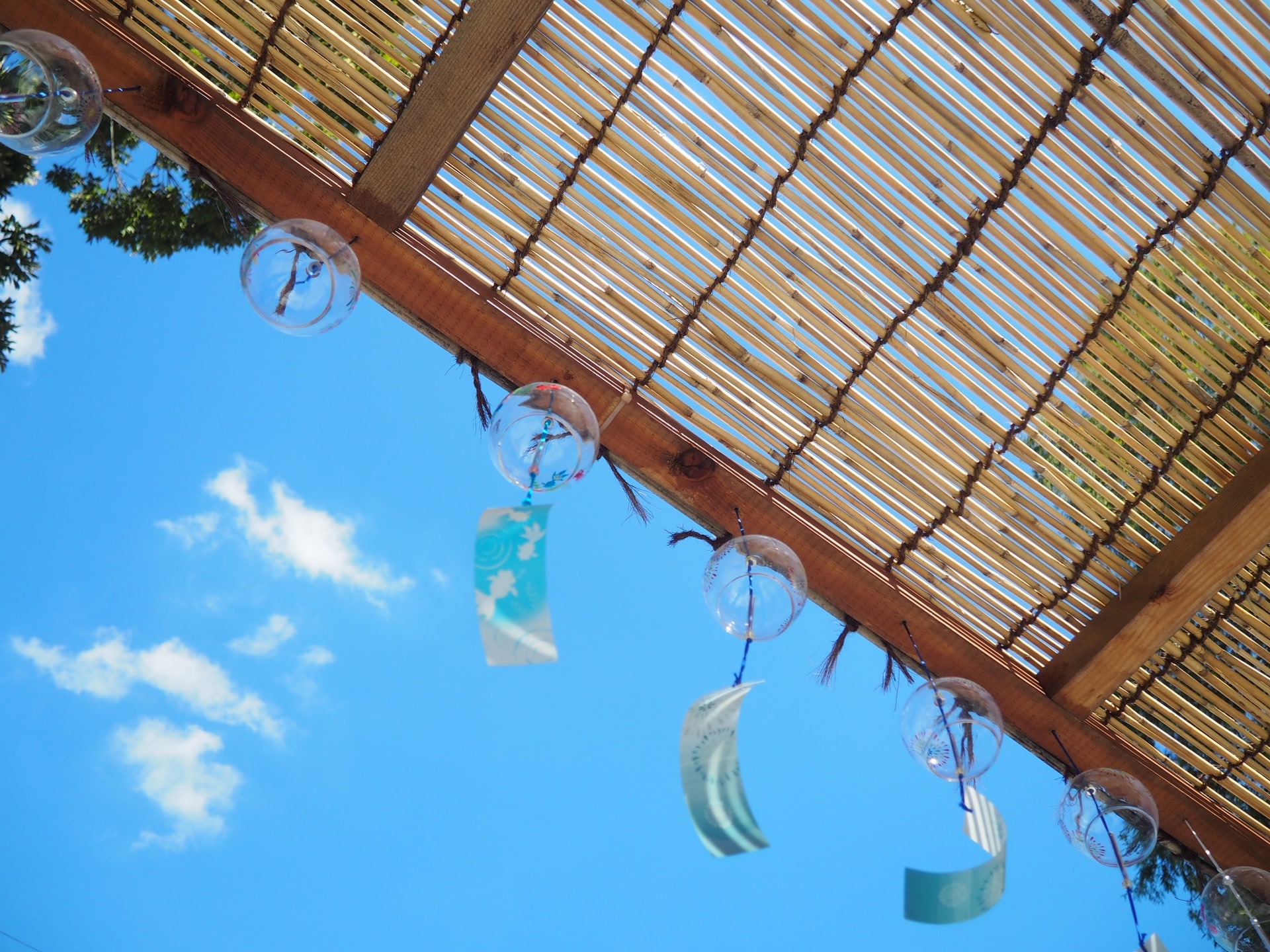
Traditional Japanese Furin generally consists of the main body, the clapper, and the tanzaku (a paper strip). The clapper is a minor component hanging inside the furin wind chime; when the wind blows, it strikes the outer rim of the bell, creating a pleasant sound. The tanzaku is a long, narrow piece of paper attached to the clapper, and it pictures the shape of the breeze while fluttering. Usually, people will write their wishes in tanzaku.
Different materials give the wind different tones, while different tanzaku create various visual effects. There are many types of Japanese wind chimes, and here are a few with distinctive features:
Edo Furin Wind Chimes
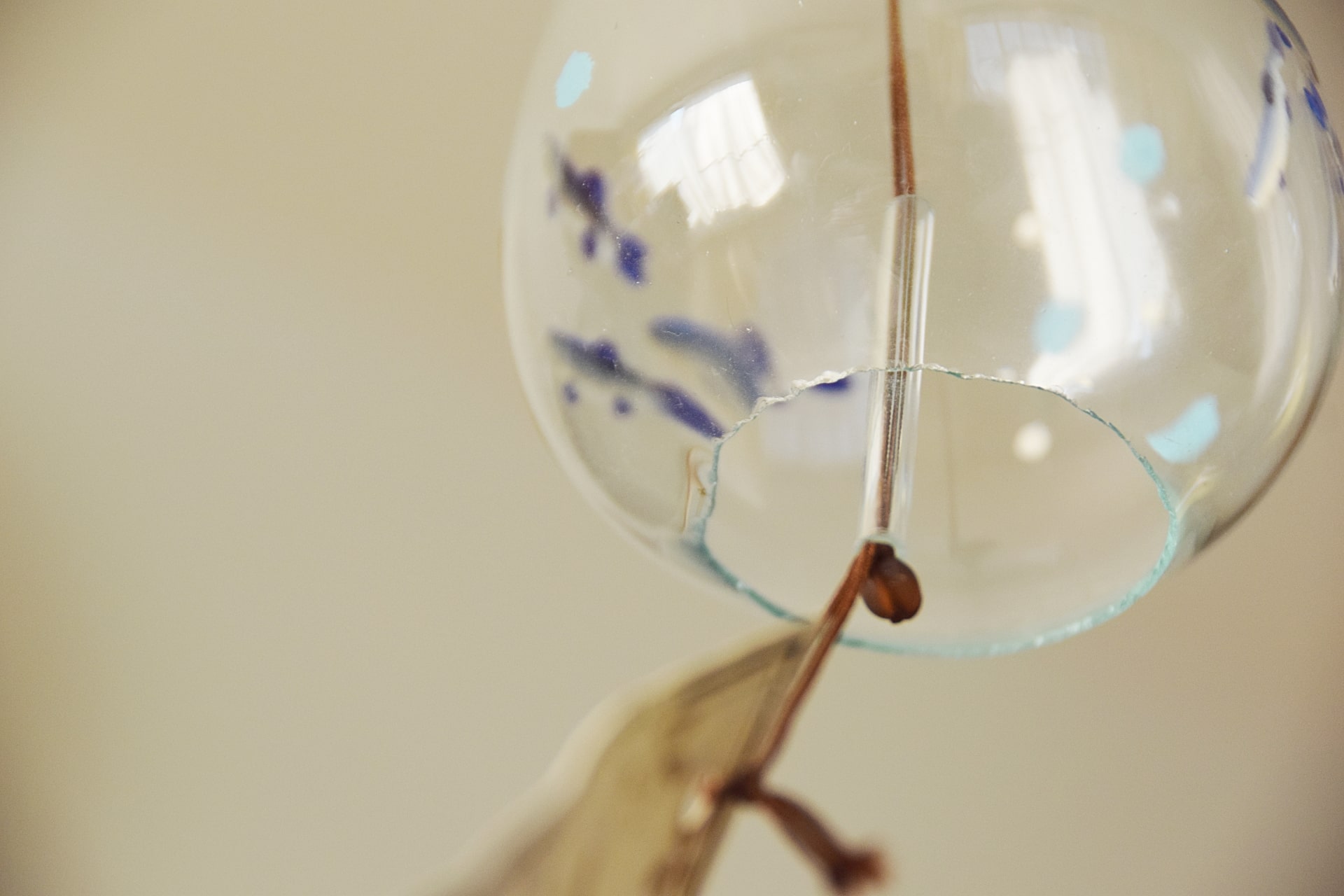
Most people probably think of Edo Furin (江戸風鈴) as Japanese wind chimes. As the name suggests, Edo Furin originated during the Edo period and has a history of over 300 years.
“Edo” is the old name for Tokyo, but not all wind chimes made in Tokyo can be called Edo wind chimes. Currently, only “Shinohara Furin Honpo” and “Shinohara Maruyoshi Furin” in Tokyo have the right to use the “Edo Furin” trademark.
Edo wind chimes are made of glass, making them look delicate and beautiful. They are all uniquely crafted with three notable features:
- Serrated Edges: Unlike ordinary wind chimes, which have smooth edges and produce a clear, sharp sound, Edo wind chimes have serrated and slightly rough edges, generating a softer, lighter tone.
- Unique Craftsmanship: Each Edo wind chime is hand-blown. This means that no two Edo furin in the world are exactly alike.
- Interior Painted Designs: The designs are painted inside the glass. This design prevents the colors from fading over time, especially when hung outdoors.
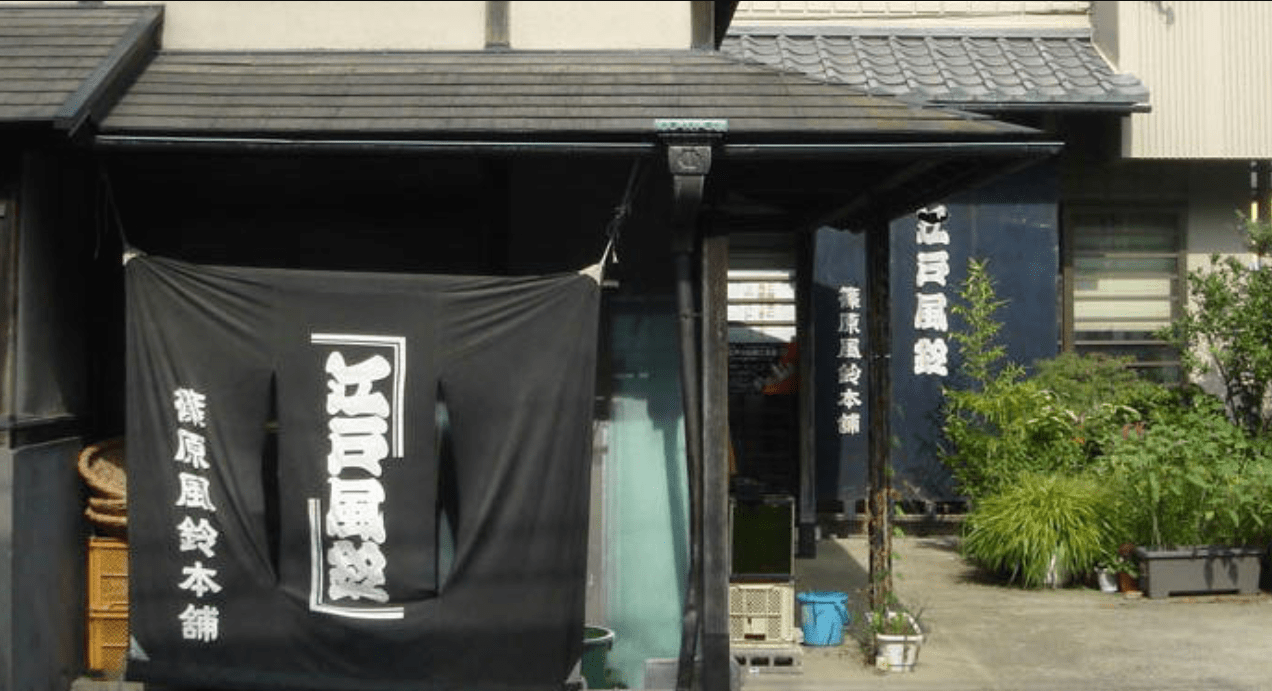
At Shinohara Furin Honpo in Tokyo, you can experience the joy of creating your own Edo wind chime, from blowing the glass to painting the designs crafting a one-of-a-kind Edo wind chime just for you. However, their workshops are very popular, so be sure to book in advance!
Nambu Tekki Furin Wind Chimes
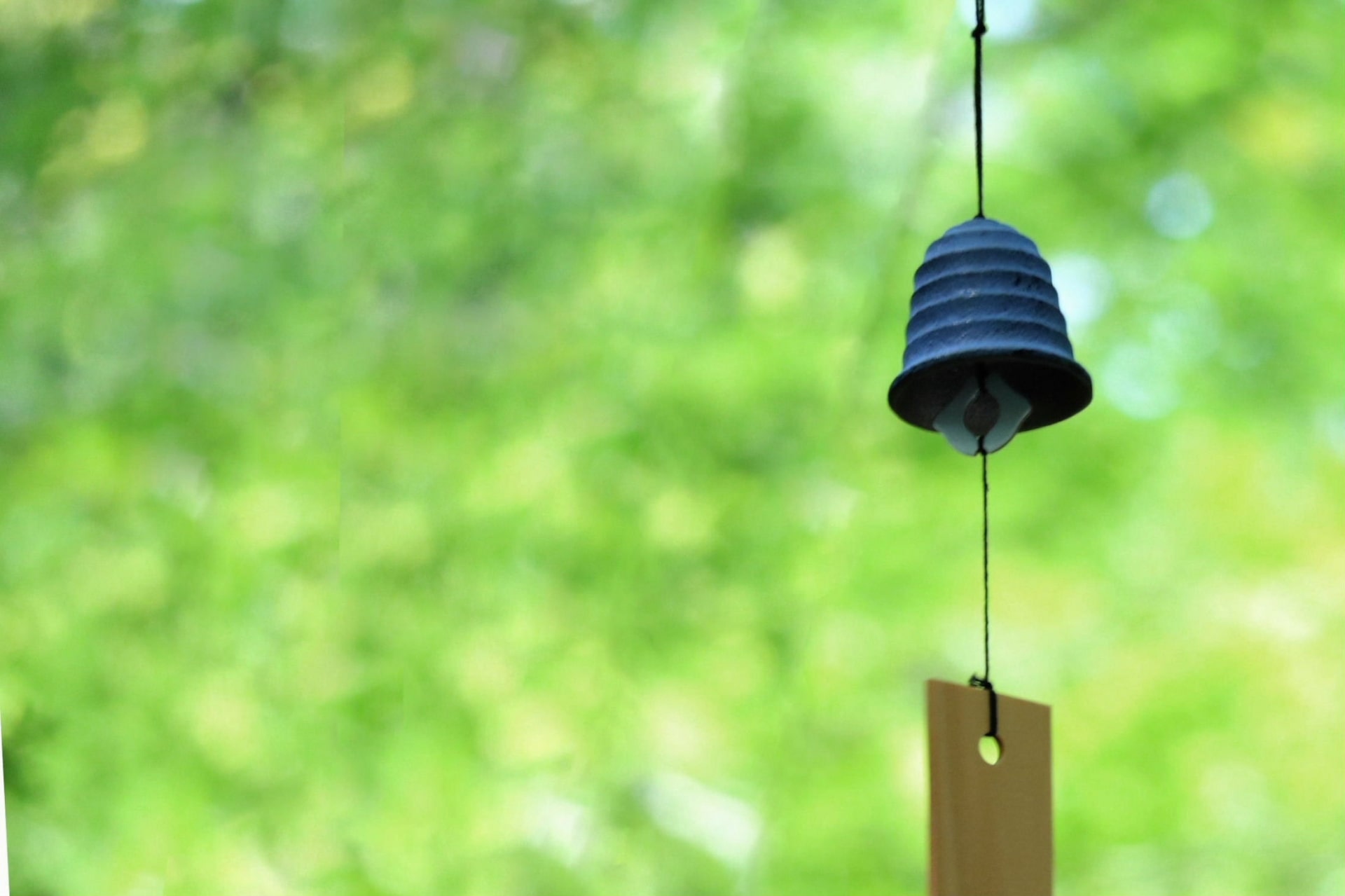
Nambu tekki furin (南部鉄風鈴) is made from the famous Nambu ironware (called Nambu tekki in Japanese) of Iwate Prefecture, which is known for its high-density cast iron material.
Unlike the soft, gentle tones of Edo wind chimes, Nambu tekki furin wind chimes produce a longer, clearer sound that is both refreshing and nostalgic.
Each summer, JR Mizusawa Station (水沢駅) is decorated with Nambu Tekki Furin wind chimes on its platform. Their unique sound has been recognized by Japan’s Ministry of the Environment as one of the “100 Soundscapes of Japan that We Want to Preserve.”
Odawara Furin Wind Chimes
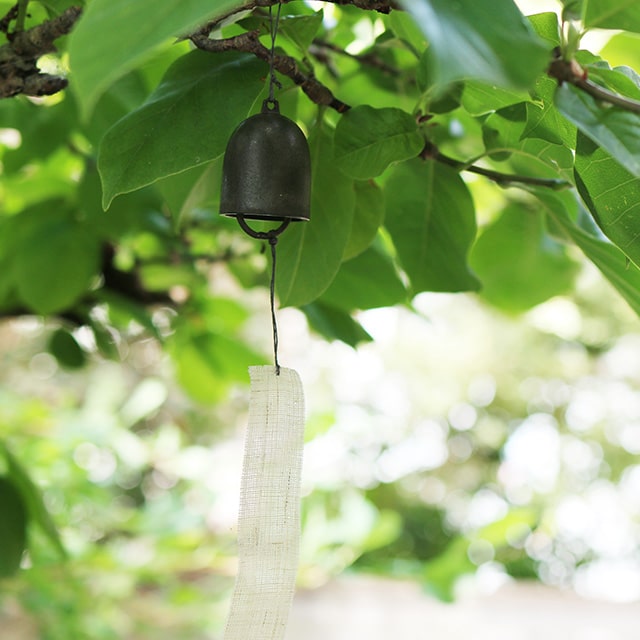
Odawara furin (小田原風鈴) is made from Odawara’s traditional craft, Odawara cast iron. Each fruin is handcrafted by artisans, resulting in unique colors and patterns. The brass material gives them a light and clear tone, but what’s even more characteristic is their long, lingering resonance.
Myochin Fire Chopstick Furin Wind Chimes
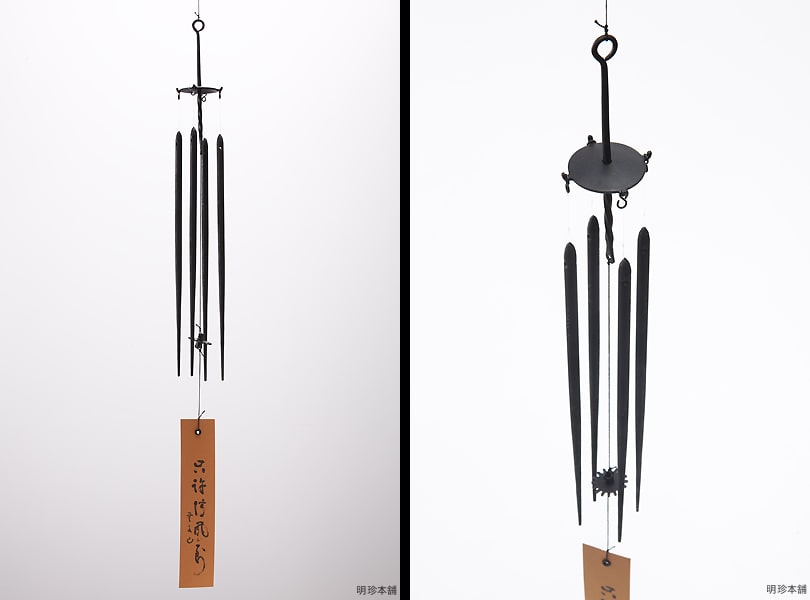
Myochin fire chopstick furin (明珍火箸風鈴) originates from the traditional Japanese craft of “Myochin fire chopsticks” (iron chopsticks) in Hyogo Prefecture.
Myochin fire chopstick furin differs from typical Furin, with its main body comprising four slender iron rods. The sound is clear and melodious, like a cool symphony of summer.
Explore the Beauty of Japanese Furin through Various Summer Festival
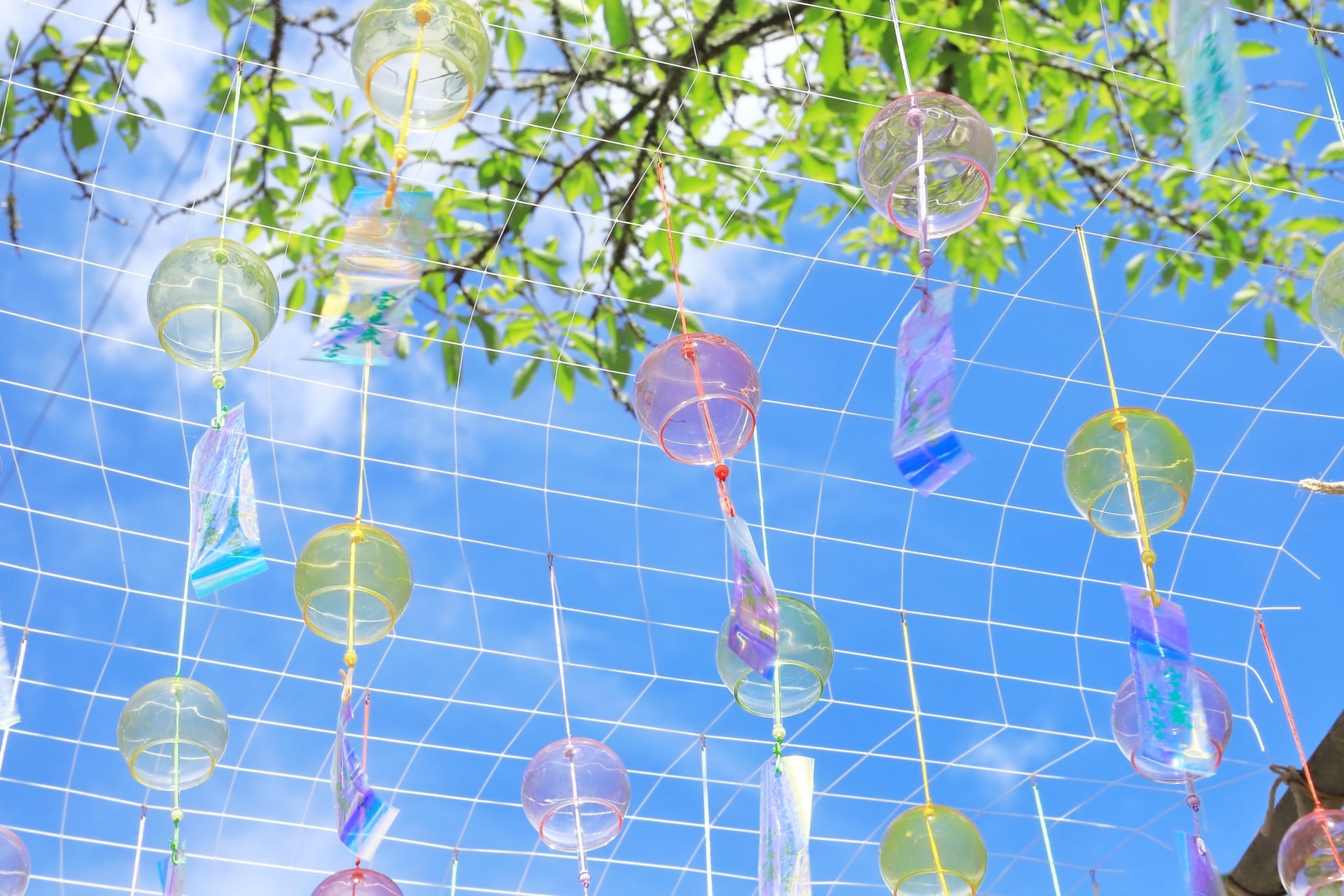
In summer, various furin wind chime events are held across Japan. These events are often hosted at temples and shrines, primarily because wind chimes have a historical connection to Buddhism, where they are believed to ward off misfortune brought by strong winds.
However, since each temple venerates different deities, the themes of wind chime festivals vary. Some are focused on business prosperity, while others pray for good relationships.
For instance, the furin wind chime festival at Kawagoe’s Hikawa Shrine is about matchmaking, while the Kawasaki Daishi Temple focuses on warding off misfortune. For more information about furin events, refer to this guide: Last Chance to See Furin Wind Chimes Festivals in September 2024!
After reading this article, I hope you will have a different attitude toward furin. Whether in daily life or in films, wind chimes are a distinctive symbol of Japanese culture. If one day you hear the sound of a furin wind chime and feel like summer has arrived, then I believe you’ve truly grasped the essence of furin.
▽Subscribe to our free news magazine!▽
For more information about Summer in Japan, check out the following articles!
▽Related Articles▽
▼Editor’s Picks▼
Written by
Hi, I'm delighted to get to meet you through my sharing. I am a freelance writer who loves traveling, reading, and food. I'm also the mother of a two-year-old child. Living in Japan for eight years has been both long and short—long enough for me to know Tokyo, where I reside, like the back of my hand, and short because there are still so many aspects waiting for me to explore. Here, I will share the fantastic culture and my thoughts about this beautiful country, hoping you will fall in love with Japan just as I have.





